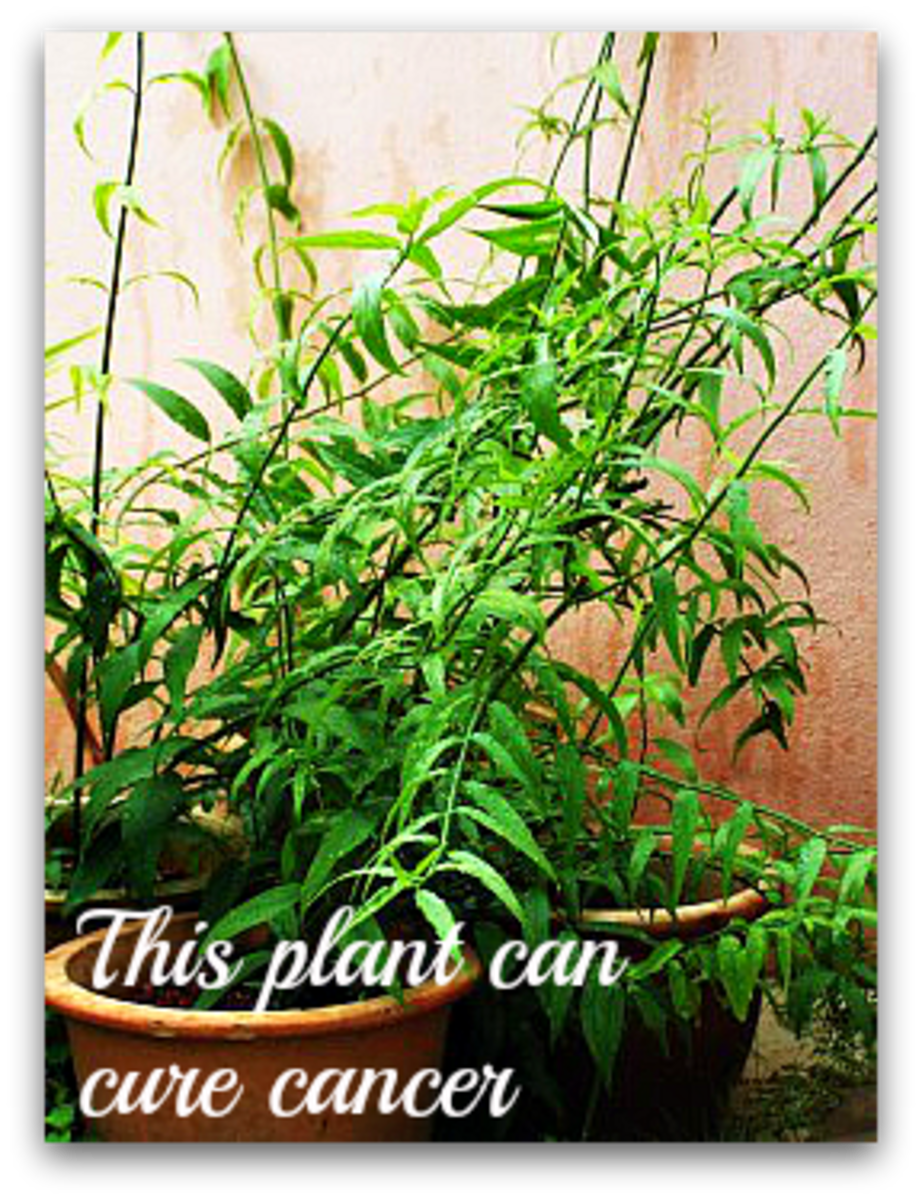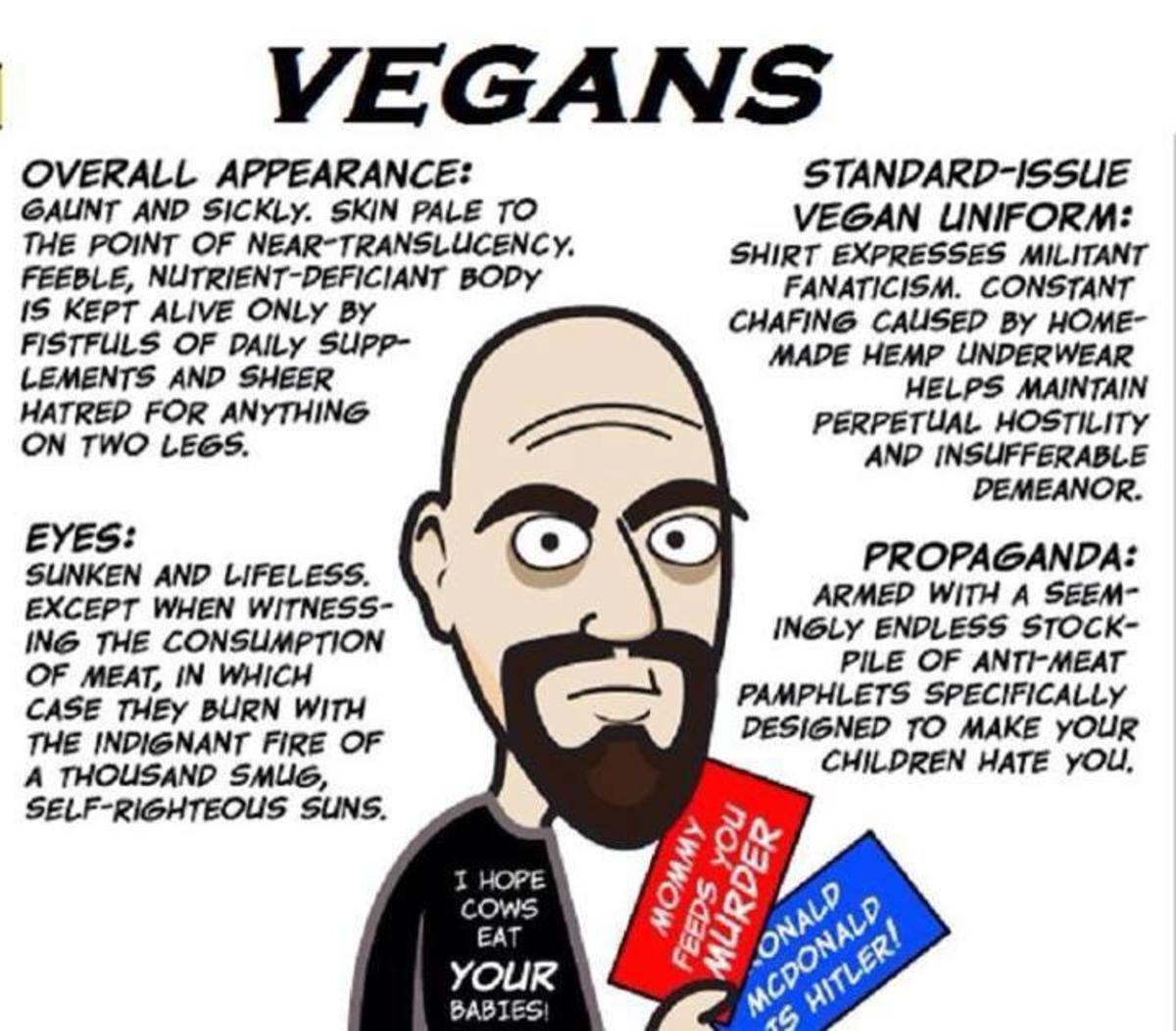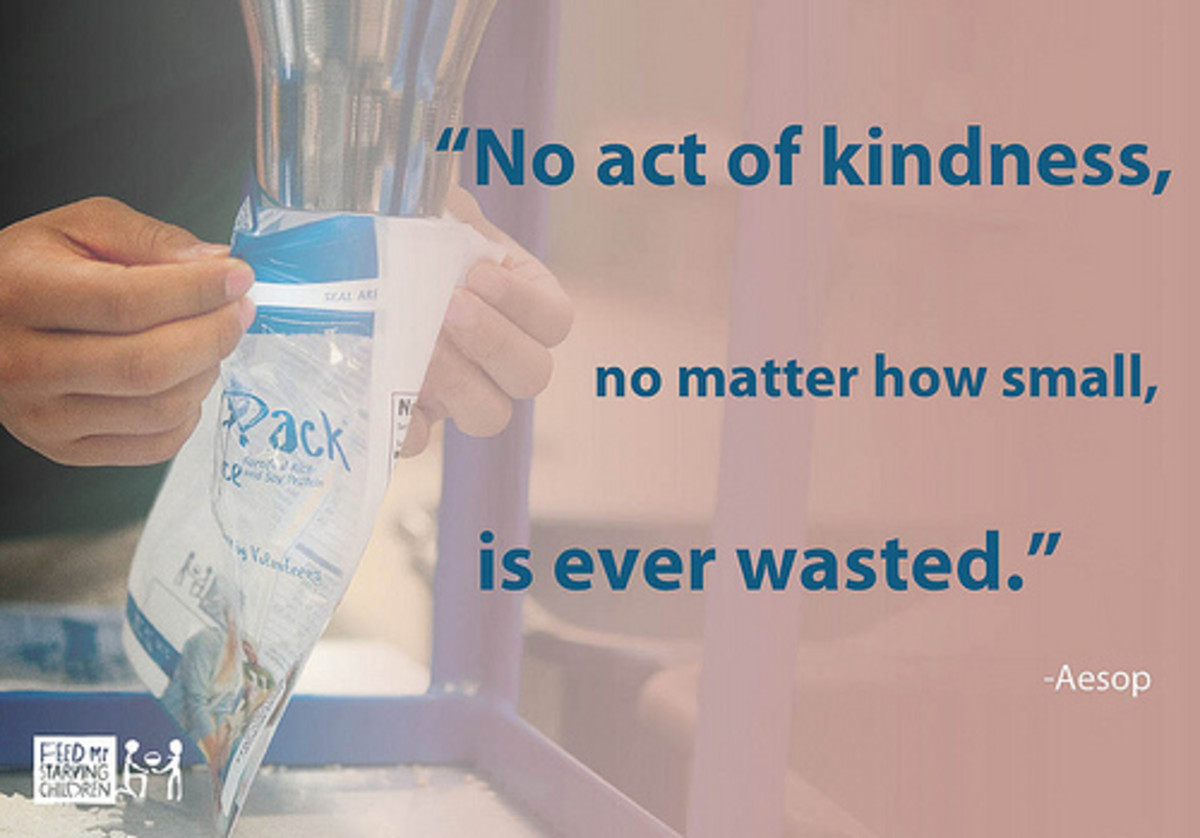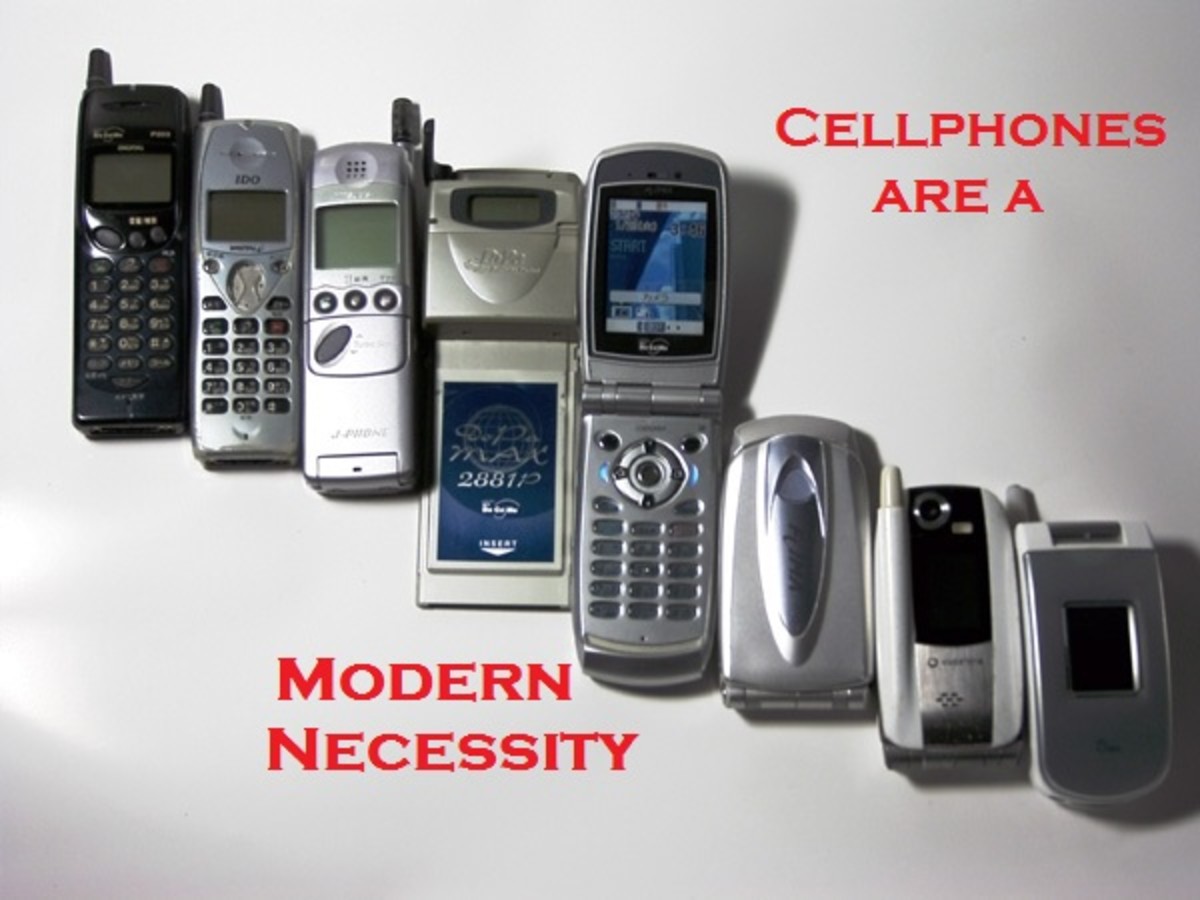The Omnivore’s Dilemma Review
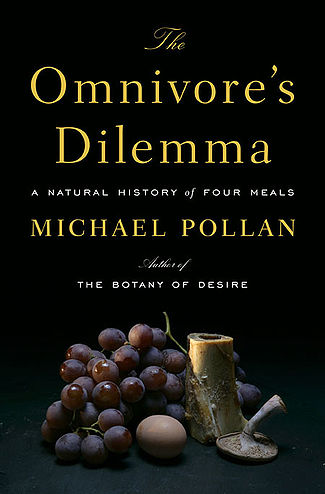
I have been wanting to read Michael Pollan’s The Omnivore’s Dilemma: A Natural History of Four Meals for a while. It is one of those books that has been sitting on my bookshelf waiting to be picked up. The Omnivore’s Dilemma has received a lot of praise over the years and for good reason. This was a wonderfully written book that was able to relay the information in a way that was easy to understand. That being said, it was also very dense and I found myself having to take a break after each of the three sections and read something a little lighter. We follow the author as he learns about three different food chains (Industrial: Corn, Pastoral: Grass, and Personal: The Forest). Each section ends with him preparing a meal based on the food chain he learned about.
Industrial: Corn
This section was the reason I originally wanted to read the book. With all the information out today on the food industry, I couldn’t understand how a company like Monsanto ended up having so much control over our food supply. I am not naïve in how corporate greed can corrupt a government, but it baffled me how it was allowed to to reach the point we find ourselves today. Pollan was finally able to help me understand the whole process of corn and how it has become completely integrated into our society. This chapter is overwhelming. At times it would leave me feeling hopeless. How can we possibly change the system that has been created? However, you can’t fix a problem until you first understand it. This book does a wonderful job in helping us grasp these problems.
Pastoral: Grass
Like any good author after bringing us to an emotional low he finds a way to pick up our spirits. This section gave me hope that there is a way to fix the food system. Pollan follows a grass farmer named Salatin who is able to raise cows and chicken sustainably. The power and benefits of grass farming has given me hope for our future. What I found most fascinating in this section was the extent to which food labels have been manipulated. Just because a package says free range does not mean the chicken ever saw the light of day or a label says the cow was grass fed does not mean it was nourished with grass throughout its entire life. A clear and accurate labeling system is needed for us consumers to flex our power.
Personal: The Forest
This was probably my least favorite section. There were a lot of interesting facts to give us a better understanding of who we are as a species. Having him hunt a wild pig brought up a wonderful philosophical conversation. I found things like how to gather yeast from the air around us fascinating. I also see how this chapter was needed to pull the book together. However, because of the impracticality of using this system in today’s society I was not invested in the story line.
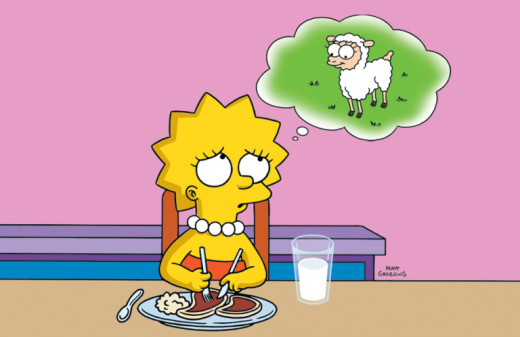
I highly recommend this book to other. I also recommend having another book waiting in the wing for when you need a mental break.


